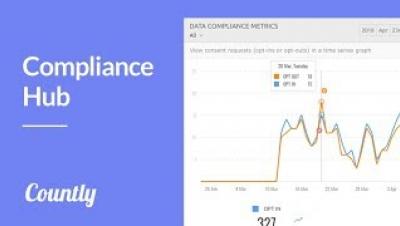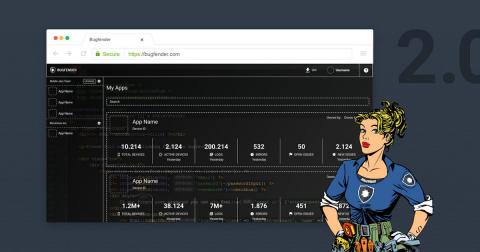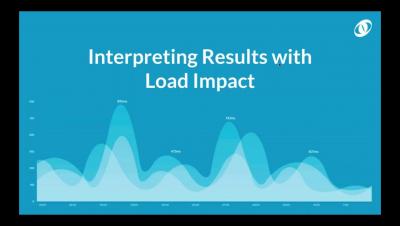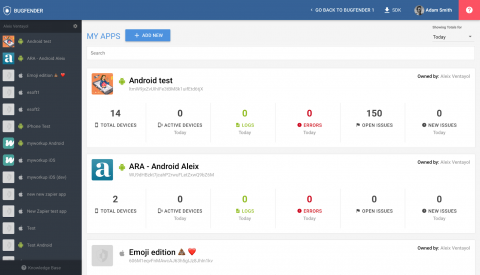Systems | Development | Analytics | API | Testing
%term
Bugfender 2.0 - Behind the Scenes
As developers at Mobile Jazz, we know the headache of finding, reproducing, and fixing bugs in mobile apps. Several years ago, we got so fed up debugging mobile apps remotely that we started building a solution for ourselves. We did it by creating a way to remotely access the logging facilities of users’ devices. We built a makeshift server for application logs that allowed us to fix bugs across devices and continents.
Unleashing the Beast
“Be Prepared, because we are about to Unleash the Beast” is how I finished the Qlik Research demo at Qonnections 2018. I refer to Qlik’s new Cognitive Engine, as the “Beast” and here is why...
Automation Made Easy: Building Jenkins Jobs with Jenkins DSL
Recently, I've seen a lot of articles and conversation around DevOps. DevOps is a set of practices that automates the processes between software development and IT teams, in order to enable be shorter development cycles, increased deployment frequency, and more dependable releases all in conjunction with business needs.
How to Develop a Data Processing Job Using Apache Beam
Are you familiar with Apache Beam? If not, don’t be ashamed, as one of the latest projects developed by the Apache Software Foundation and first released in June 2016, Apache Beam is still relatively new in the data processing world. As a matter of fact, it wasn’t until recently when I started to work closely with Apache Beam, that I loved to learn and learned to love everything about it.
Load Impact - Interpret your test results
Apache Spark and Talend: Performance and Tuning
In this blog, we are going to take a look at Apache Spark performance and tuning. This a common discussion among almost everyone that uses Apache Spark, even outside of Talend. When developing and running your first Spark jobs there are always the following questions that come to mind.
Why Paddy Power Betfair Bet on a Cloud Architecture for Big Data
Formed in 2016, Paddy Power Betfair (PPB) is the world’s largest publicly quoted sports betting and gaming company, bringing “excitement to life” for five million customers worldwide. The merger of Paddy Power and Betfair in 2016 created an additional data challenge for an already highly data-driven organization. The merged company had to bring together 70TB of data, from dozens of sources, into an integrated platform.
Updates from Bugfender Q1/2018
Bugfender 2.0 is Live: Over the past year we’ve been hard at work developing Bugfender 2.0, and we’re proud to announce it’s now live. To get started, simply log into your Bugfender account!
How to Go Serverless with Talend & AWS Lambda
Recently I found myself in a predicament that many of you can relate to, trying to update an aging application that has become too difficult to manage and too costly to continue operating. As we started to talk about what to do, we concluded it was time to start decomposing that application into smaller more manageable pieces.







